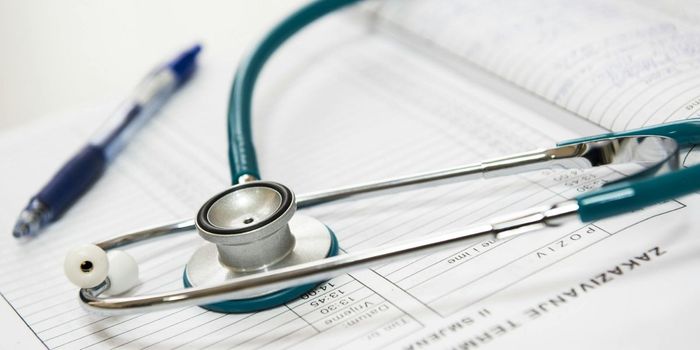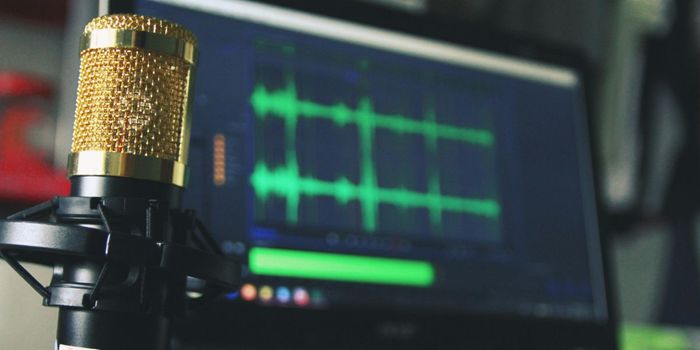Images of soccer moms shuttling kids around in minivans could one day be as quaint as a Norman Rockwell painting. Concussion has become such a common concern that it's influencing the number of children who play sports (50 percent of parents don't want their children playing football, according to a recent Bloomberg poll).
A new study points to inflammation as the common denominator in traumatic brain injuries such as concussions as well as in head injuries considered trivial-or even injuries to other parts of the body that can create symptoms that mirror post-concussion syndrome.

The article, published by researchers based at McMaster University in the medical journal Brain, Behavior and Immunity, answers a big question that has for years proved vexing to neuroscientists: why do symptoms of post-concussion syndrome present in patients who haven't reported a significant blow to the head? It may also help answer why the symptoms sometimes don't appear for weeks after an injury.
The information is so significant that lead author Michel Rathbone, professor of medicine at McMaster's Michael G. DeGroote School of Medicine, proposes a new term: post-inflammatory brain syndrome, or PIBS. PIBS would comprise classic inflammatory symptoms like dizziness, cognitive difficulties, and headache as well as neuropsychological symptoms such as anxiety, low tolerance threshold, and insomnia.
"It's inflammation that they have in common," Rathbone said.
Emergency rooms across the United States are seeing an increase in traumatic brain injury-in one survey, occurrences are up 30 percent in just the four-year period ending in 2010. And with the increased attention from the National Football League's growing list of current and former players with brain health issues, Congressional hearings on the subject, public awareness campaigns, and legislation to stem head injuries and increase awareness, the increase is no surprise.
Estimates put the number of traumatic brain injury sufferers in the U.S. at 1.5 million and 2.5 million per year. Contributing to the difficulty in reporting accuracy is that most of the injuries-three out of four-are considered minor traumatic brain injuries.
These hard-to-diagnose injuries are defined as head injuries causing a temporary change in mental status that could include confusion, an altered level of consciousness, or perceptual or behavioral impairments lasting 30 minutes or less.
While MRI or CAT scan results often read as normal in these cases, patients may report symptoms as wide-ranging as headache, cognitive difficulties, attention or memory problems, fatigue,visual disturbances, sleep disturbances, seizure, nausea, loss of smell, light sensitivity, or dizziness and loss of balance. Psychological symptoms include mood swings, depression, confusion or slow cognition, and low frustration tolerance. Because many of these symptoms can be hard to track and could onset weeks after an accident, minor brain trauma injuries are often overlooked.
Wrong Name, Difficult Diagnosis
The misnomer is that the impact of these injuries is minor; in reality it's anything but.
One study concluded that, of 111 homeless men across an age range from 27 to 81, half had suffered traumatic head injury and of those 55 men, nine out of ten lost their homes after the injury occurred. Yet, traumatic brain injury doesn't directly show up as a reason for homelessness at all on most lists dedicated to public outreach on the matter.
This seeming invisibility is part of why traumatic brain injury is called a silent epidemic and a major public health issue by the Centers for Disease Control and Prevention and the National Center for Injury Prevention and Control. Data from a literature review appearing in the October 2013 issue of the Journal of the American Academy of Orthopaedic Surgeons reveal the scope and persistence of symptoms from traumatic brain injury:
• post-concussion syndrome, a disorder that can be associated with substantial financial, social, and emotional challenges, is generally diagnosed when a patient has symptoms persisting for more than three months;
• when body injuries are compounded with a reported mild traumatic brain injury it is three times more likely for patients to report cognitive and behavioral difficulties a year after the injury than in patients who sustain only lower body injury;
• when multisystem trauma co-occurs with mild traumatic brain injury, a patient is twice as likely to report psychological symptoms such as PTSD, depression, and anxiety, and;
• Memory deficits, fuzzy thinking, dizziness, and headache are reported by almost 60 percent of mild traumatic brain injury patients a full month after the injury and that number remains at about 20 percent after a year.
In addition, men are more likely than women to sustain mild traumatic brain injury and, surprisingly, boys from newborn to age 4 are the population most prone to suffering mild traumatic brain injury.
The Mayo Clinic's description of traumatic brain injury causation includes, in addition to blow or other traumatic injury to the head, an injury to the bodt. The degree of damage, according to the institution, can depend on several factors, including the nature of the event and the force of impact, and the list of common causal events includes falling out of bed, slipping in the bath, pedestrian and bicycle accidents, shaking an infant, and sports injuries from soccer, boxing, skateboarding, lacrosse, baseball, football, and hockey, and notes, significantly, particularly in youth.
In his study discussed above, Dr. Rathbone suggests that inflammatory mediators-body responses that support recovery largely through a protein that varies in people depending on genetic makeup-might become a treatment target for medical practitioners seeing patients with concussion symptoms. In other words, patients showing symptoms that reflect traumatic brain injury from seemingly unrelated bodily injury, infection, or even surgical procedures, may have new hope for treatment.
"We are excited to be starting a totally new approach to the field, and we look forward to making a difference for the patients of the future," he said. "This research opens many doors for so many different patients."
Broadway Joe Joins the Dissenters
History may reveal that the National Football League's greatest single contribution to civilization is awareness of traumatic brain injury. The number of current and former football stars going public about concussion concerns is on the rise; this week Joe Namath added his considerable star power to a list of players questioning the impact of the sport on brain health that includes Brett Favre, Adrian Peterson, Troy Aikman, Terry Bradshaw, and Mike Ditka.
The Hall of Fame quarterback told Tiffany Kenney of WPBF-TV, the West Palm Beach, Florida, ABC affiliate recently that he wouldn't choose to play professional football if he could live his life over again: "This instrument (the brain) that we have been blessed with, it's not designed for the kind of contact or physical abuse that your body gets playing this sport."
Of course, the appearance of reigning NFL Most Valuable Player and concussion survivor Aaron Rodgers on Celebrity Jeopardy Tuesday, May 12-depending on how well he does-might have the effect of providing at least some ballast to the notion that brain injury recovery is possible.
Follow Will Hector on Twitter: @WriterWithHeart
(Sources: National Institutes of Health; Mayo Clinic; Science Daily; Huffington Post; Milwaukee Journal-Sentinel; traumaticbraininjury.com)









